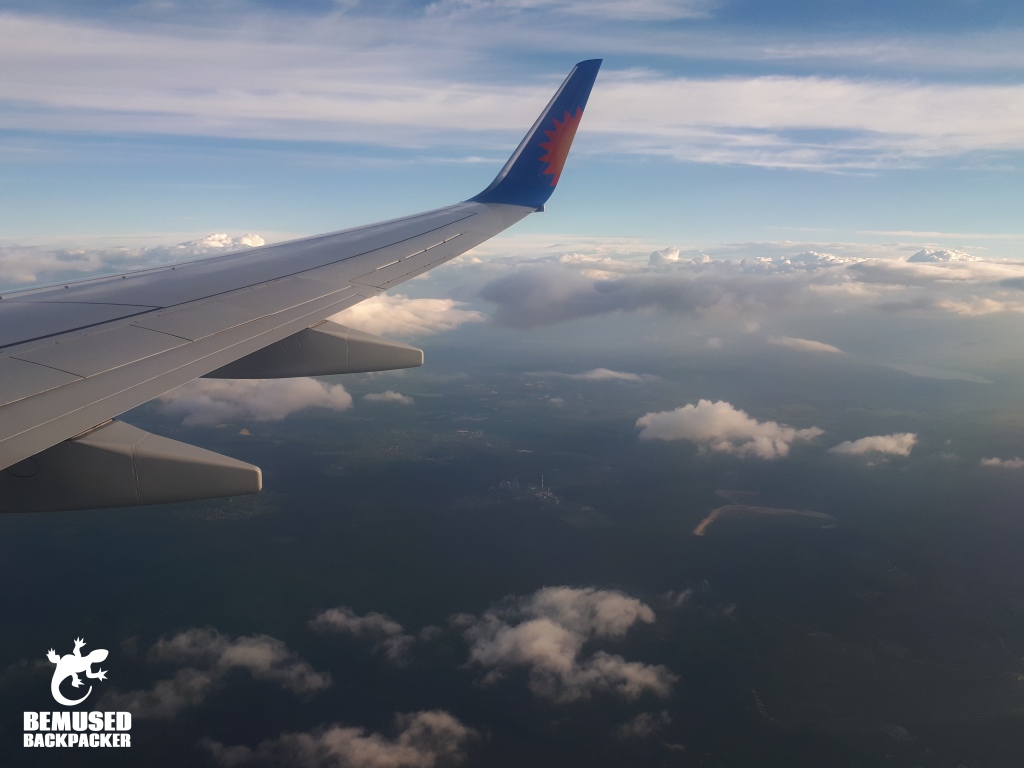
A strong Viking heritage has given the Danes a robust reputation for amazing hearty food and drinking sessions that last till dawn, with some of the best restaurants, bars and clubs in the region. Despite this, the Danes have one of the healthiest constitutions in Europe too, with exercise and healthy living as integral to the Danish lifestyle as their excellent healthcare system is to their economy.
Denmark is a model country, with picturesque cobbled streets, a liberal smattering of Michelin starred restaurants and world class facilities, all built to exacting design standards and extremely picturesque as a result, hardly surprising from the country that gave the world Lego! This impeccable architectural design makes Denmark an extremely pleasurable country to explore, with a transport infrastructure that is one of the best in Europe. But there is much, much more to Denmark than beautiful architecture. Ancient medieval villages and churches, Viking ruins and even castles dating from the Renaissance are perfect places to explore the country’s rich history.
Culture and Etiquette.
Denmark has a unique and powerful national identity that they are fiercely proud of, and for such a relatively small country they have no problem standing shoulder to shoulder with the rest of Europe. Despite this proud national identity, Danes are extremely relaxed, laid back and friendly people, as well as being extremely happy most of the time! So much so that Denmark is constantly being crowned the ‘happiest nation on earth’. The paradigm of ‘Hygge’ is essential to Danish life and probably one of the reasons they are so content, ‘Hygge’ meaning feasting and spending quality time with friends and family.
Denmark is as liberal and tolerant as you can get, everyone speaks perfect English (and quite often another language too thanks to the excellent educational system), and are as welcoming as a nation as you can get. Travellers to Denmark should have very few cultural problems to navigate beyond enduring being friendly and polite at all times.
What You Need To Know.
Visas.
Citizens of the EU require no visa to enter Denmark. Citizens of the UK, US Australia , New Zealand, Canada and most others can travel to countries in the Schengen Area (including including Germany, Austria, Belgium, Denmark, Finland, France, Iceland, Italy, Greece, Luxembourg, the Netherlands, Norway, Portugal, Spain and Sweden) for up to 90 days in any 180 day period without a visa. If you want to travel for longer or stay to work you can apply for a visa from the embassy which is relatively straightforward if you meet the criteria.
Since January 2021 UK citizens travelling to Europe will need to make sure that their passport is less than 10 years old and valid for 3 months for after the date you leave the country.
Health.
Denmark has one of the highest standards of health care in Europe, and hospitals, pharmacies and clinics are widely available. If you need to see a doctor or get a prescription, you will need to pay upfront so make sure you have adequate insurance, emergency hospital treatment is given free of charge in state hospitals, but you may not be covered if you are being treated in a private hospital. Any citizens of the EU, UK or Switzerland should also ensure that they carry an up to date EHIC card.
Crime and Safety.
Denmark is a large and extremely safe country with low crime rates, there is no reason to worry beyond reasonable common sense safety precautions. The number for any emergency service in Denmark is 112.
Costs and money.
The currency in Denmark is the Krone, with the Danes sensibly rejecting the Euro on cultural as well as economic grounds like the UK. Denmark is also expensive, there is no getting around that. It is second only to the UK, the rest of Scandinavia or Japan. The most basic 12 room dorms start at around £20 GBP a night and things get increasingly expensive from there. A private hotel room can cost upwards of £50 – 100 per night, significantly more in major cities. If you don’t mind camping and have your own gear, you can save a significant amount of money by heading to any of the extensive network of camping grounds.
Eating and activity costs will also add up pretty quickly too. Eating at cheaper cafe’s will keep the costs down a little, but basically the more you want to do and the fancier you want to eat, the more you will pay. Street food such as sandwiches, hot dogs and other snacks are pretty cheap.
Luckily public transport is pretty reasonable in Denmark, and great value for money too considering the efficiency and quality. The best way to get around is by train, with local trains costing just a few pounds for short distances, buses being only marginally cheaper.
When to go.
Denmark often has the least extreme climate in Scandinavia, but things can still get pretty wet and cold in the Autumn and Winter, particularly along the coast. The best times to visit weather wise are Spring and Summer, as the weather is bearably warm, the skies are blue and the landscape at its most picturesque. It is for these reasons that the summer is also peak tourist season and you can expect the crowds and prices that go with that.
Places To See.
Copenhagen.
One of the most beautiful cities in the world with picturesque architecture and canals running through the city. The streets are clean and safe, the public transport system is efficient and the locals are friendly and welcoming, what more can you ask for?
Roskilde.
This small city is perfect for exploring and getting a feel for Danish history and tradition, with a literal smorgasbord of medieval churches, a grand cathedral, winding atmospheric streets and museums showcasing Viking history.
Koldinghus, Jutland.
This unique medieval castle is a stunning must see. It was once a practical fortress, then a royal residence. It is worth devoting at least an afternoon to visit here and explore the museum inside as well as the Romanesque and Gothic artwork.
The Viking Ship Museum, Roskilde.
This famous museum holds some of the world’s biggest and most well preserved Viking vessels dredged up from the bottom of the fjord. Also has some interesting exhibits on Nordic culture and boatbuilding techniques from prehistoric to Medieval times.
Legoland.
A visit to Lego’s literal home is quintessential on any trip to Denmark. Take a trip back to your childhood and try and resist the urge to get your old box out of the attic when you get home!
Things To Do.
Go surfing.
Perhaps not as famous as Hawaii, Australia or other quintessential surf spots, Klitmoller on Jutland is the surfing capital of Denmark. If you have the constitution for the colder waters. But the hundreds of blue flag status beaches and fjords are popular for water sport enthusiasts of all descriptions, so if you enjoy getting wet, Denmark is perfect for you!
Go wildlife spotting.
Narsaq is a beautiful area to hike in some amazing countryside, filled with waterfalls, hot springs and rugged coastlines. The area is perfect for spotting reindeer and seals.




